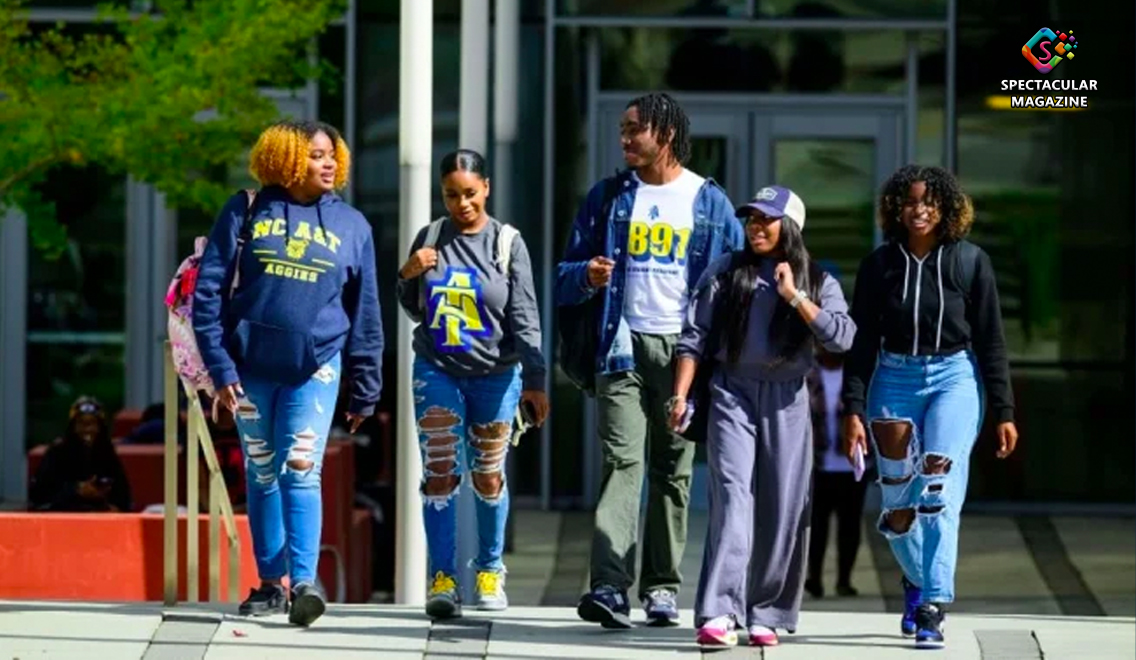N.C. A&T Achieves Largest Endowment Of Any Public HBCU
GREENSBORO, NC – North Carolina A&T State University’s endowment hit $202 million this summer, the highest of any public historically Black college or university (HBCU) in the country. That sum is about ten times larger than it was 15 years ago when the endowment stood at a more modest $20 million.
“As our endowment grows, it provides significant income to fund programs and enhance operations at North Carolina A&T,” outgoing Chancellor Harold L. Martin said in an announcement. “It also increases our funding flexibility, allows us to plan more effectively for future initiatives, and lends strength to our bond ratings—all important in a highly competitive higher education marketplace.”
It took hard work and planning to get the university to its current endowment level, but it needed to be done, Kenneth Sigmon, vice chancellor for university advancement at North Carolina A&T, said in an interview.
“In today’s world, we have to compete worldwide, not just with other HBCUs … for researchers, for students, for programs, for all of those kind of things,” he said. “When you look at the common denominator among all of the household name institutions, and the ones that lead the pack, so to speak, they all have significant funding. It was one of the things that we obviously knew we were missing.”
In the past, the university wasn’t quite “investment ready,” Sigmon said. It didn’t have the staff or infrastructure to manage large gifts. So the university hired an advancement team and launched a fundraising campaign with a goal of raising $85 million. That campaign ended in 2020 and yielded a whopping $181.4 million, including about 40 gifts of at least $1 million from individual donors, corporations and foundations.
The university received a $45 million gift from philanthropist MacKenzie Scott in 2020. This year, it received a $20 million gift from an anonymous donor. In all, the university has raised about $300 million over the last decade.
Some of that has gone to immediate needs, Sigmon noted, but wise investments paid off.
“I hate to say it’s not rocket science,” he added, “but it’s really just putting the best practices in place, making the case for support—why it’s necessary, how it’s going to impact the university, and then showing that it can be done.”
The $202 million sum is no small feat among public HBCUs, whose endowments tend to lag behind their private university counterparts. HBCUs, on average, also have significantly lower endowments than predominantly white institutions.
Denise A. Smith, deputy director of higher education policy at the Century Foundation, has called on the federal government to invest $40 billion in HBCU endowments over the next ten years.
She believes HBCU endowments badly need the boost, especially after the U.S. Supreme Court struck down race-conscious admissions last summer and as state bills against diversity, equity and inclusion efforts proliferate. She expects more Black students are likely to turn to HBCUs as it becomes harder to access targeted support at other colleges and universities.
Harry Williams, president and CEO of the Thurgood Marshall College Fund, which represents public HBCUs, said part of the problem is that states have chronically underfunded historically Black land-grant institutions for decades, relative to their predominantly white counterparts.
North Carolina A&T’s achievement is a “big deal,” he said, but at the same time, its neighbor, the University of North Carolina at Chapel Hill, has an endowment exceeding $5 billion. In another example, North Carolina State University’s endowment is at least $2 billion.
What North Carolina A&T accomplished “is great, don’t get me wrong,” Williams said, “but the reality is A&T has been here for over 100-some-odd years, and if they were funded where they were supposed to be, their endowment would probably be in the billions.”


